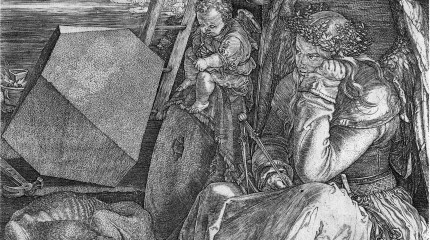The judicial need for swift effectiveness brings evidentiary proceedings in a complicated conversation. Even though law is intended to be structured within the pursuit of the good, there is a gap between the true context of visual documentation and its makings as a factual piece of evidence. Margaret Davies asks the question in why science answering sciences natural intervention of empirical scientific theory into legal practice. The intervention of western scientific thought replaced its previous theological practice as a new norm for regulating, and imposing justice. When there is an intent for social regulation, with the pursuit of fact based evidence to impose the law there can be a dangerous space when science does not fit legal interpretation. Peter goodrich in Historical aspects of legal interpretation describes how fickle legal interpretation can be in hermeneutics and exegesis, through the more structured based science of linguistics. the interpretation of text can be a bit more rectified to a truth when analytical space is created for the code. However, the interpretation of language aside law is still left with the question of image based evidence. If there is a semblance of structured legal interpretation of language this leaves no legal standing infrastructure for the image to be correctly interpreted. This leaves the evidentiary image only described, and interpreted through the lense of a pre existing legal language. It is important to note the lack of possible scientific language used to fully contextualize documented events. The image is always vulnerable to altered interpretation to sway what should be a factual argument. We can see this manipulation today in the American prosecution of police violence and their image based evidence.
